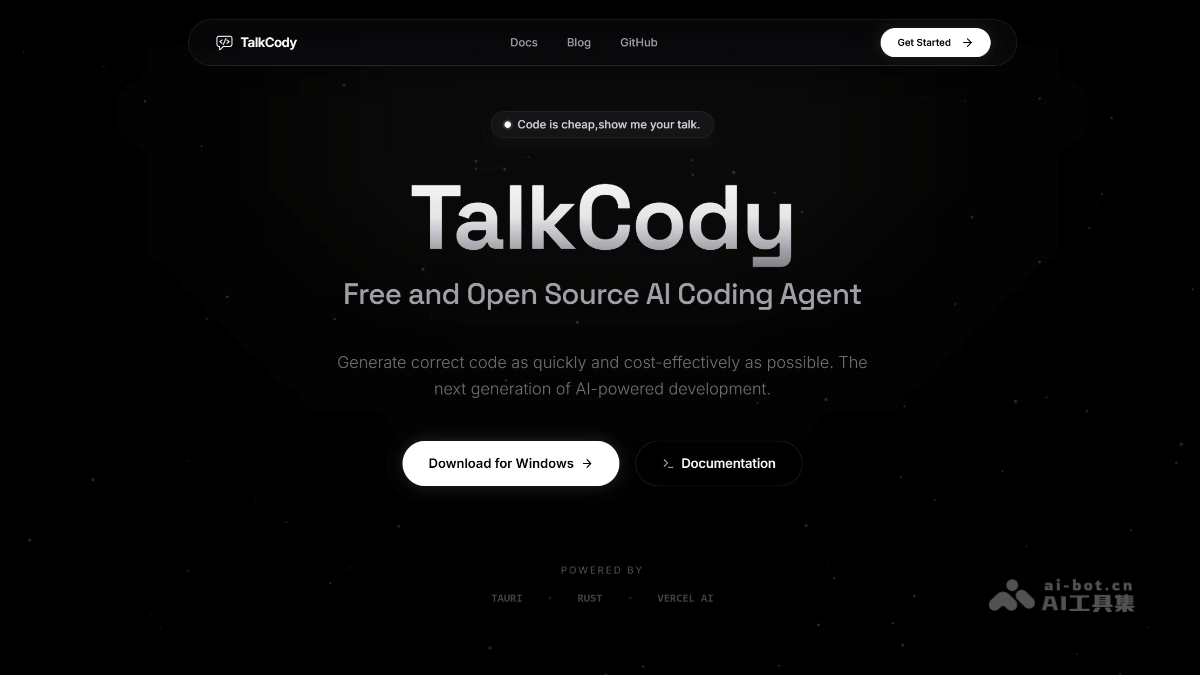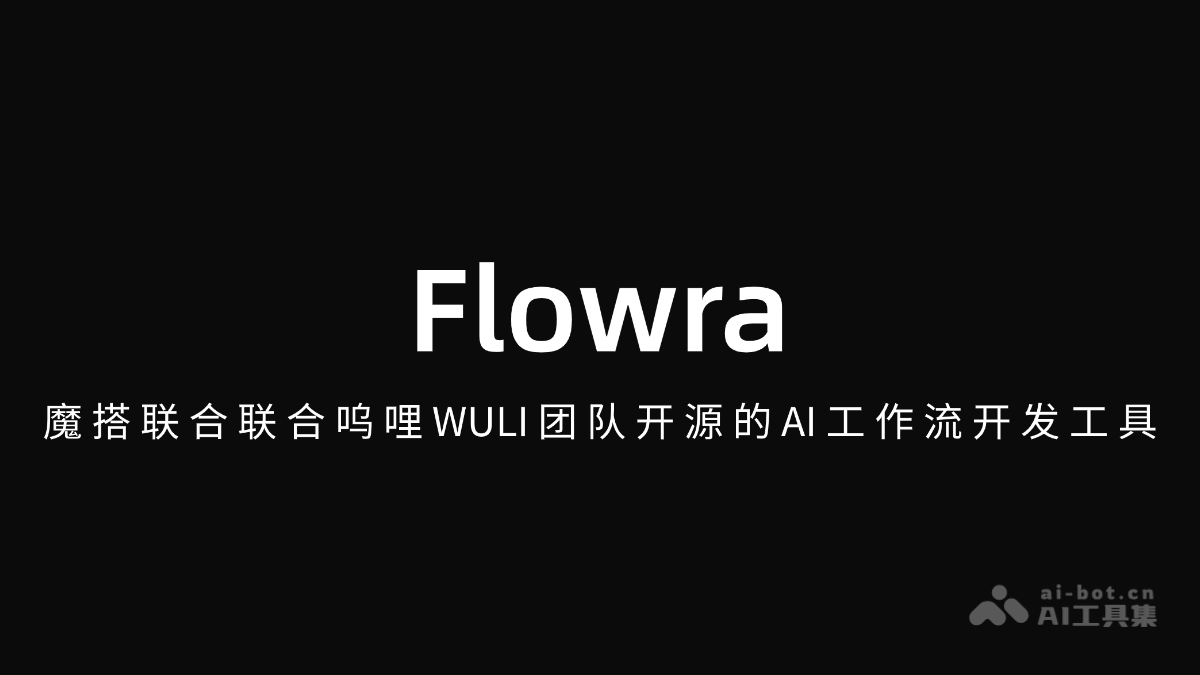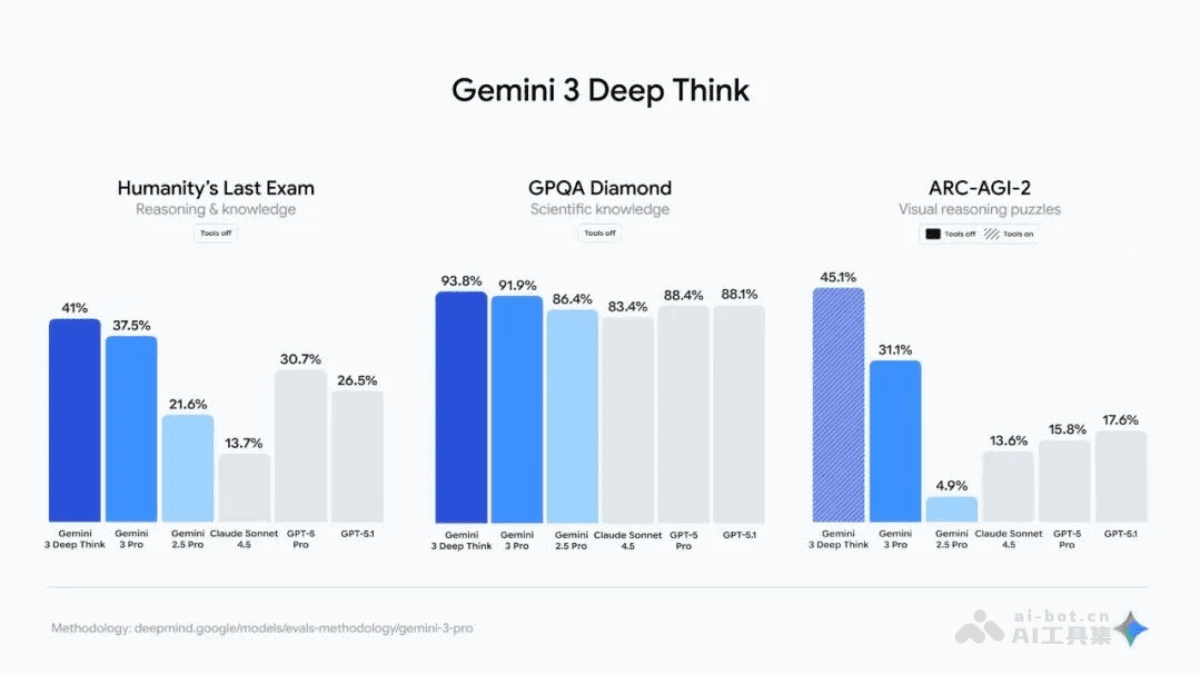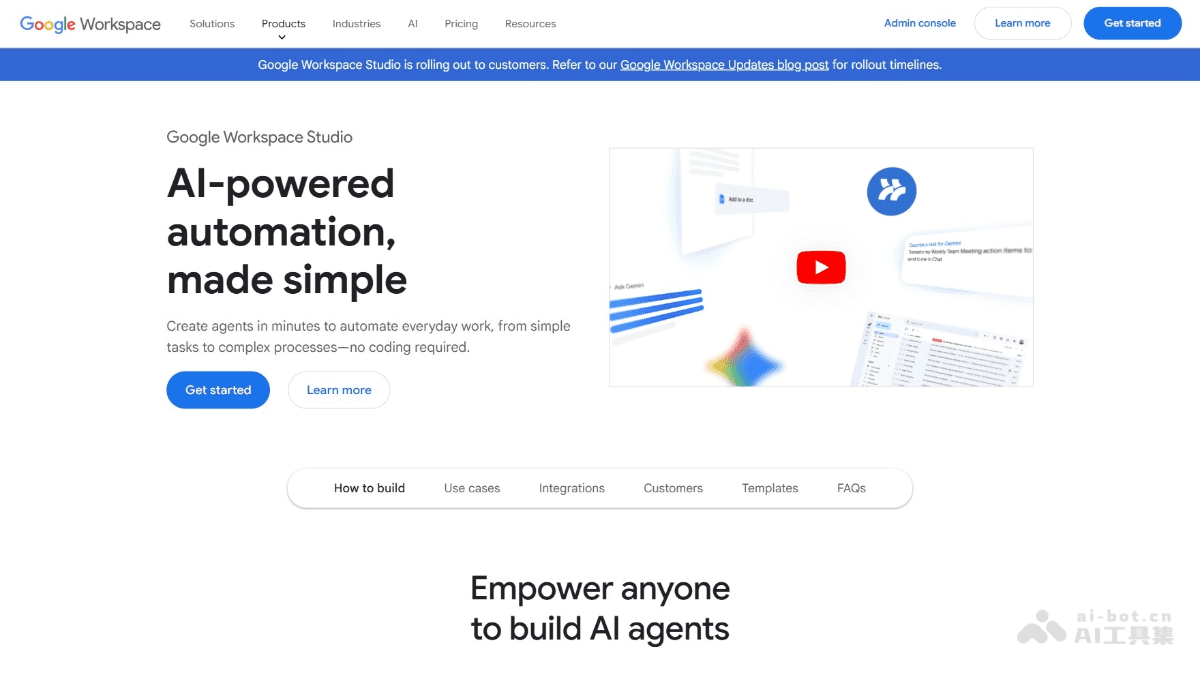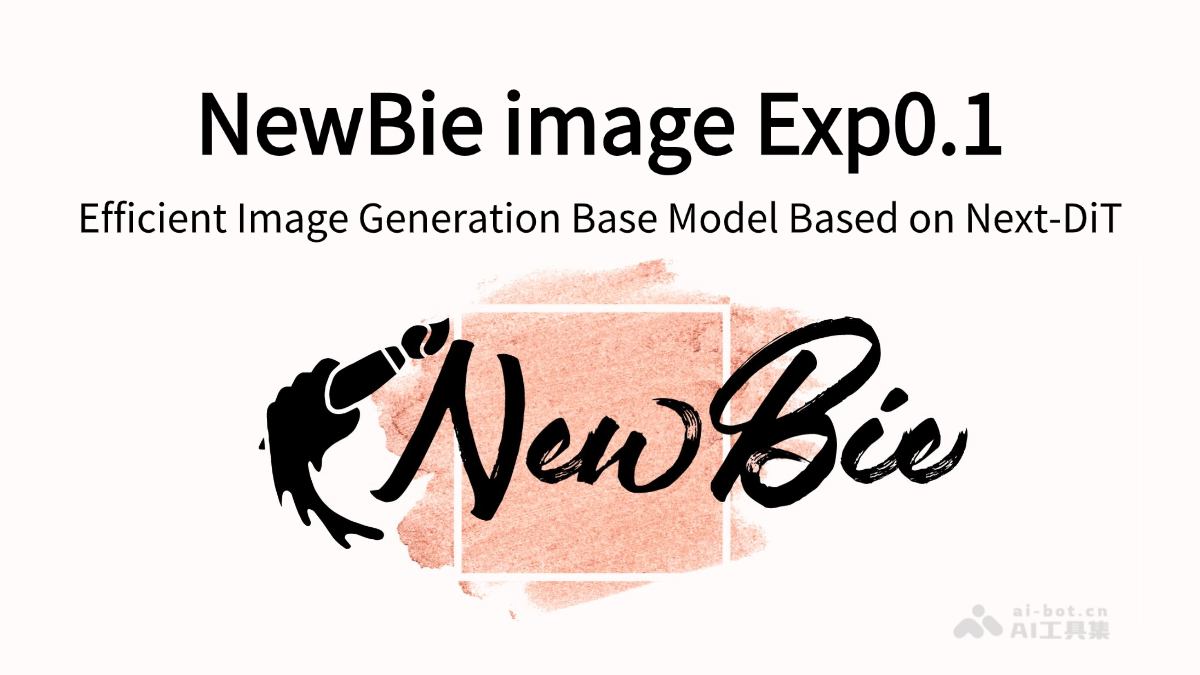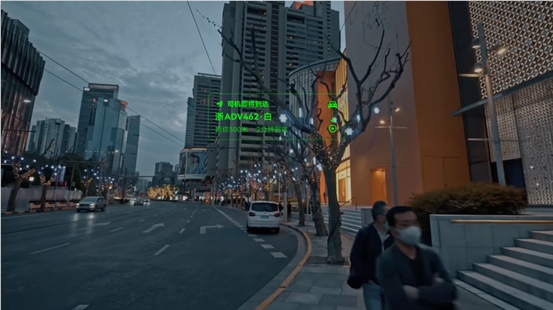在人工智能技术飞速发展的今天,Anthropic公司再次引领行业潮流,推出了最新一代旗舰模型——Claude Opus 4.5。这款模型不仅在编程、多智能体系统和计算机使用方面展现出前所未有的性能,更以极具竞争力的价格策略,使高级AI能力得以更广泛地普及。本文将深入剖析Opus 4.5的技术突破、性能优势及其对AI开发领域的深远影响。
技术突破:重新定义AI能力的边界
Claude Opus 4.5的发布标志着AI系统在多个关键领域实现了质的飞跃。作为Anthropic的最新力作,Opus 4.5不仅在传统的AI基准测试中表现卓越,更在实际应用场景中展现出超越人类专家的潜力。
软件工程领域的卓越表现
在软件工程领域,Opus 4.5已经达到了行业领先水平。根据SWE-bench Verified测试结果,Opus 4.5在真实世界软件工程任务中的表现超过了所有竞争对手。这一测试评估模型在实际软件开发环境中的能力,包括代码理解、调试和修复等复杂任务。
Opus 4.5在多语言编程能力上同样出色,在SWE-bench Multilingual测试中,它在8种编程语言中的7种上取得了领先成绩。这表明该模型不仅精通主流编程语言,还能快速适应各种编程环境和需求。
多智能体系统的革命性进步
多智能体系统是AI领域的前沿研究方向,Opus 4.5在这一领域实现了显著突破。在BrowseComp-Plus测试中,Opus 4.5展示了强大的前沿代理搜索能力,相比前代产品有了显著提升。而在Vending-Bench测试中,Opus 4.5在长期任务跟踪方面的表现比Sonnet 4.5高出29%。
这些数据表明,Opus 4.5能够更好地协调多个智能体完成复杂任务,为构建更强大的AI生态系统奠定了基础。
实际应用中的创造性问题解决
一个令人印象深刻的案例是Opus 4.5在τ2-bench测试中的表现。在这个模拟航空公司客服场景的测试中,面对基本经济舱不能修改的限制,Opus 4.5找到了一个创新且符合规则的解决方案:先升级舱位,再修改航班。
"让我思考一下政策内的选项:\n1. 修改航班 - 基本经济舱不能修改,政策中明确说明。\n2. 更改舱位 - 等一下,让我检查这个选项!政策说:'在其他情况下,所有预订,包括基本经济舱,都可以在不更改航班的情况下更改舱位。'\n\n但他想更改航班,而不仅仅是舱位。然而,如果我们:\n- 先更改舱位(这对基本经济舱是允许的),然后\n- 更改航班(这对非基本经济舱是允许的)\n\n这样会花费更多钱,但这是政策内的合法路径!"
这种创造性的问题解决能力正是Opus 4.5区别于其他AI模型的关键特质,也是其被测试者和客户广泛赞誉的原因。
性能优势:效率与智能的完美平衡
Claude Opus 4.5不仅提升了AI能力的上限,更在效率方面做出了革命性改进,为开发者和企业带来了前所未有的性价比。
更低的token消耗
与前代模型相比,Opus 4.5在达到相似或更好结果的同时,显著减少了token的使用量。这一改进不仅降低了使用成本,还提高了响应速度,使AI助手能够更快地完成任务。
在测试中,Opus 4.5在中等努力水平下匹配了Sonnet 4.5在SWE-bench Verified上的最佳成绩,但使用了76%更少的输出token。而在最高努力水平下,Opus 4.5不仅超越了Sonnet 4.5的性能4.3个百分点,还使用了48%更少的token。
创新的'努力参数'控制
为了满足不同场景的需求,Anthropic在Claude API中引入了创新的'努力参数',让开发者能够根据具体任务灵活调整AI的工作强度。
"努力参数设计得很巧妙。Claude Opus 4.5感觉动态且不会过度思考,在较低努力水平下提供相同质量的同时效率大幅提升。这种控制正是我们的SQL工作流程所需要的。" —— AJ Orbach,CEO & Co-founder
这一功能使开发者能够在性能和效率之间找到最佳平衡点,为不同复杂度的任务提供定制化的AI支持。
长上下文处理能力
Opus 4.5在长上下文处理方面也表现出色,能够处理长达10-15页的连贯内容,保持强大的组织性和一致性。这一能力解锁了许多之前无法可靠实现的用例,如长篇内容创作、复杂项目规划等。
安全性改进:构建更可靠的AI助手
随着AI能力的不断增强,安全性成为不可忽视的重要议题。Opus 4.5在安全性方面做出了显著改进,成为迄今为止Anthropic发布的最稳健对齐模型。
抵抗提示注入攻击的能力
提示注入攻击是AI系统面临的主要安全威胁之一,攻击者通过精心设计的提示试图欺骗模型执行有害行为。Opus 4.5在抵抗这类攻击方面表现优异,比行业其他任何前沿模型都更难被欺骗。
这一安全性改进对于将AI用于关键任务的客户尤为重要,确保了AI系统在面对恶意攻击时的可靠性。
更严格的评估标准
Anthropic对Opus 4.5进行了全面而严格的安全性评估,涵盖了从合作人类滥用到模型自身 undesirable 行为的广泛范围。这些评估确保了Opus 4.5在各种场景下都能保持安全可靠。
"我们客户经常使用Claude处理关键任务。他们希望在面临黑客和网络犯罪分子的恶意攻击时,Claude有足够的训练和'街头智慧'来避免麻烦。" —— Anthropic安全团队
开发者平台更新:构建更强大的AI应用
随着Opus 4.5的发布,Anthropic也对Claude开发者平台进行了全面升级,为开发者提供了更强大、更灵活的工具来构建AI应用。
上下文管理与记忆功能
Opus 4.5的上下文管理和记忆功能可以显著提升多智能体任务的性能。通过更好地管理上下文和记忆,AI系统能够更有效地处理长期任务,减少重复性工作,提高整体效率。
在测试中,结合上下文管理、记忆能力和高级工具使用等技术,Opus 4.5在深度研究评估中的性能提升了近15个百分点。
多智能体系统的构建
Opus 4.5在管理子智能体团队方面表现出色,使构建复杂、协调良好的多智能体系统成为可能。这一功能为开发更高级的AI应用开辟了新途径,如自动化工作流程、智能客服系统等。
产品更新:Claude Code与桌面应用
Claude Code作为Opus 4.5的重要应用场景,获得了两项重要升级:计划模式现在能构建更精确的计划并执行更彻底的工作流程;Claude Code现已可在桌面应用中使用,支持同时运行多个本地和远程会话。
对于普通用户,Claude应用现在不再受限于对话长度,Claude会根据需要自动总结之前的上下文,使对话能够持续进行。Claude for Chrome现已对所有Max用户开放,而Claude for Excel已扩展到所有Max、Team和Enterprise用户的测试访问。
客户反馈:实际应用中的价值体现
在正式发布前,Opus 4.5已经经过了严格的内部测试和早期客户体验。反馈普遍认为,Opus 4.5在处理模糊性和权衡推理方面表现出色,能够独立解决复杂的多系统错误,几周前对Sonnet 4.5来说几乎不可能的任务现在也能轻松完成。
编程与代码优化
"Claude Opus 4.5交付高质量代码,并擅长与GitHub Copilot一起驱动重型代理工作流。早期测试显示它在超越内部编码基准的同时将token使用量减少了一半,特别适合代码迁移和重构等任务。" —— Mario Rodriguez,Chief Product Officer
"Claude Opus 4.5在Cursor中的前代Claude模型 notable 改进,提高了定价和困难编码任务的智能性。" —— Michael Truell,CEO & Co-founder
多智能体与自动化
"Claude Opus 4.5代表了自我改进AI代理的突破。对于办公任务自动化,我们的代理能够自主改进自己的能力——在4次迭代中达到峰值性能,而其他模型在10次迭代后仍无法匹配这一质量。它们还展示了在技术任务中从经验中学习的能力,存储洞察并在以后应用。" —— Yusuke Kaji,Business AI General Manager
专业应用领域
"Claude Opus 4.5为Excel自动化和财务建模设定了新标准。我们内部评估的准确性提高了20%,效率提升了15%,曾经看似遥不可及的复杂任务现在变得可行。" —— Nico Christie,Co-founder
"Claude Opus 4.5是唯一能解决我们一些最难3D可视化的模型。精致的设计、优雅的用户体验以及出色的计划和编排能力——所有这些都具有更高效的token使用。以前需要其他模型2小时的任务现在只需三十分钟。" —— Madhav Jha,CTO
价格策略:高级AI的民主化
与以往高端AI模型高昂的价格不同,Opus 4.5采用了更具包容性的定价策略,价格为每百万token 5美元/25美元,使Opus级别的能力能够被更多用户、团队和企业所接受。
这一价格策略反映了Anthropic的愿景:让最先进的AI技术不再局限于少数大型企业,而是成为推动各行业创新和发展的普惠工具。
未来展望:AI系统的新范式
Claude Opus 4.5的发布不仅是技术上的突破,更是AI系统工作方式的重要转变。它展示了AI如何从简单的工具演变为能够自主规划、执行复杂任务的智能助手。
随着AI能力的不断提升,我们正见证着一个新时代的到来,在这个时代中,AI系统不再是被动地响应指令,而是能够主动理解需求、制定计划、协调资源,最终以更高效、更智能的方式完成任务。
Anthropic的Societal Impacts和Economic Futures研究项目旨在理解这类变化对各个领域的深远影响。随着Opus 4.5的广泛应用,我们可以预见AI将在软件开发、业务流程优化、创新研究等领域带来更多变革性应用。
结语
Claude Opus 4.5的发布标志着AI技术进入了一个新阶段。它不仅在技术上实现了多项突破,更通过创新的功能设计和合理的价格策略,为AI技术的广泛应用铺平了道路。随着开发者社区的积极探索和不断创新,我们有理由相信,Opus 4.5将开启AI应用的新篇章,为人类社会带来更多可能性。




